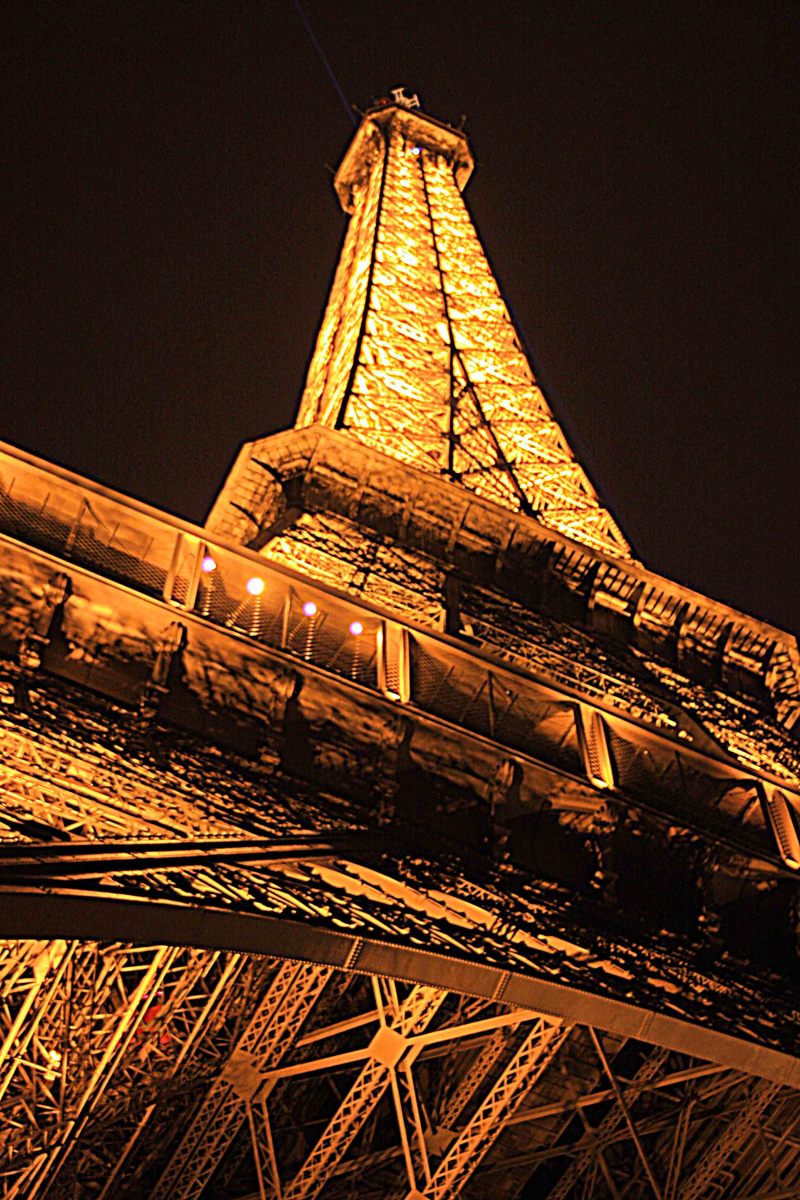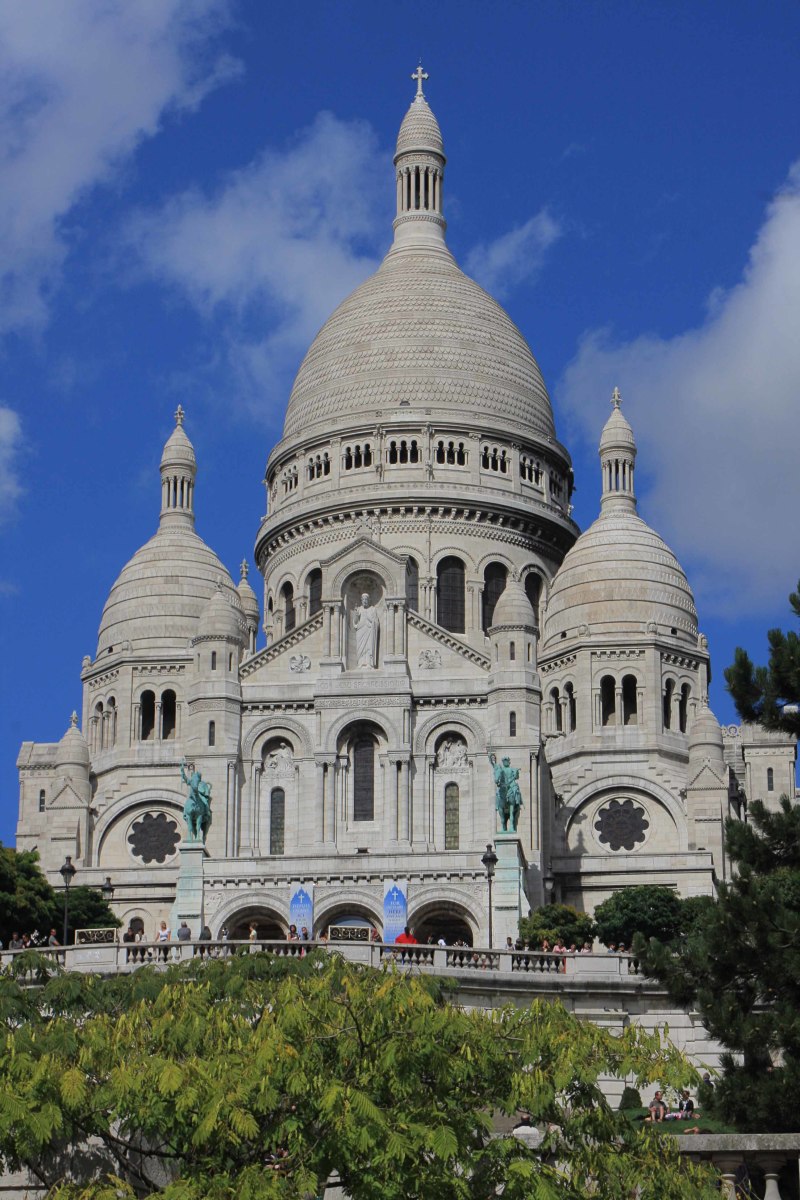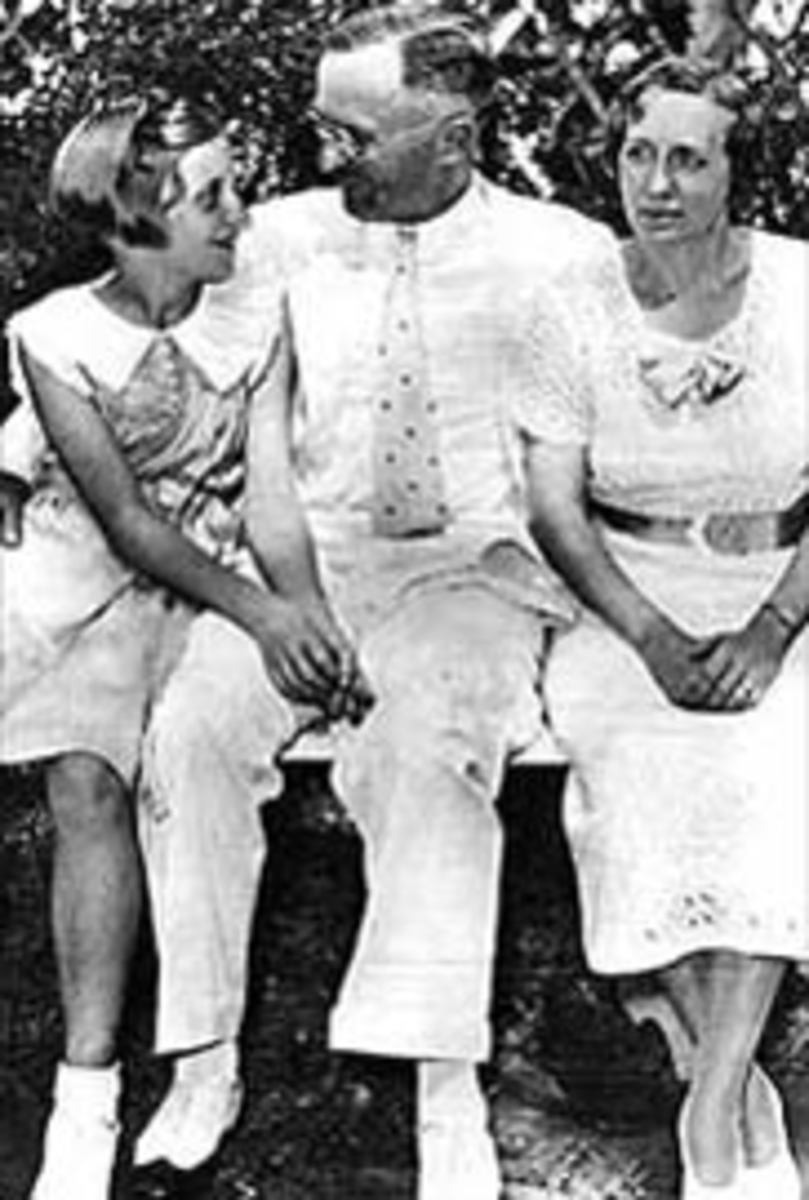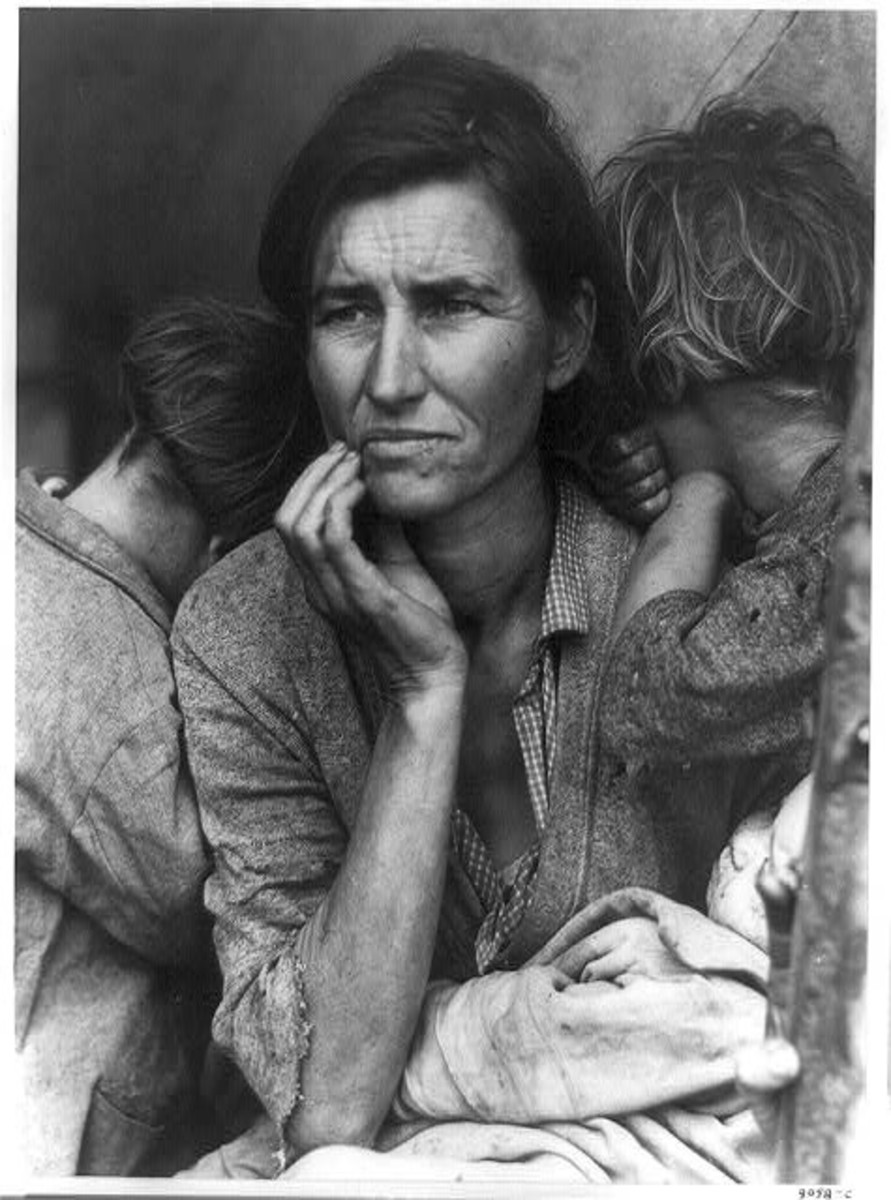International Photographic Taboos
Depending on the country, photographing an umarried lady is taboo
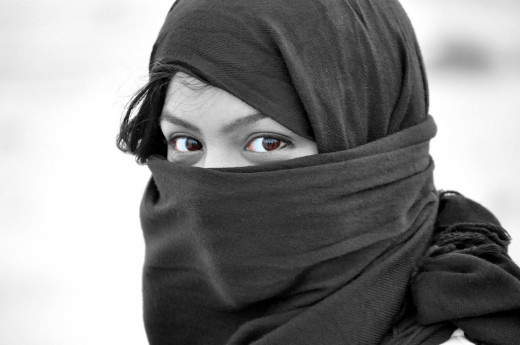
Some common taboos; religious ceremonies, groups of people, anything death related
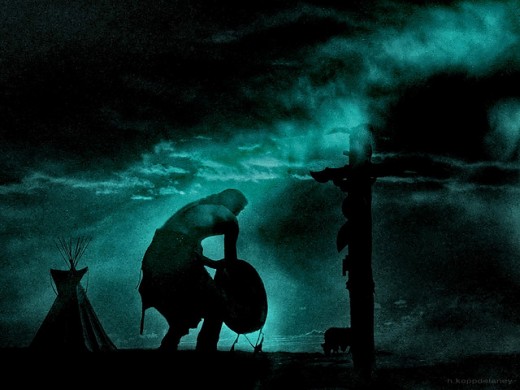
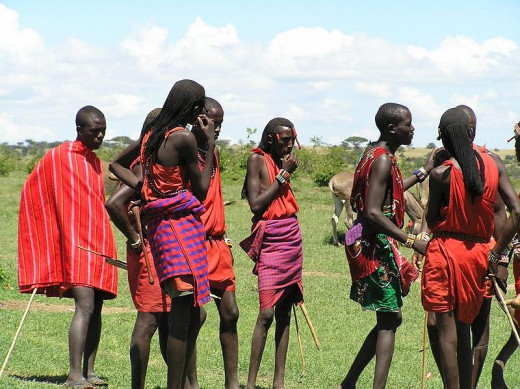
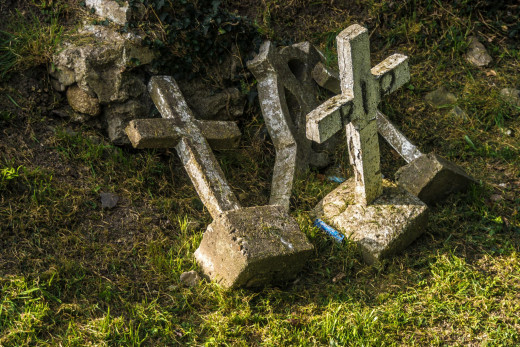
What are taboos?
Taboos are almost universally common. Everywhere you go there are bound to be some things, customs and actions that are considered to be bad luck, insensitive or even taboo to be photographed. Like almost anything, photography is included in the taboo list.
First, what is typically considered to be a taboo; "A taboo (tə'buː, tæ'buː) is a vehement prohibition of an action based on the belief that such behavior is either too sacred or too accursed for ordinary individuals to undertake, under threat of supernatural punishment. Such prohibitions are present in virtually all societies. The word has been somewhat expanded in the social sciences to include strong prohibitions relating to any area of human activity or custom that is sacred or forbidden based on moral judgment and religious beliefs. "Breaking a taboo" is usually considered objectionable by society in general, not merely a subset of a culture." Wikipedia
There are several reactions that can ensue if your photographic experiences are contrary to local customs and beliefs. From an unappreciative look to a certain jail sentence and probable confiscation of your equipment.
In many Asian countries photographing three people at the same time; in the same photo, is considered very rude. The belief is that one of the three people, mainly the one in the center, will soon die. Perhaps this originated from the number 3 being an odd number.
Taking photos of fish while they are next to a person is also considered to bring bad luck. Capturing an image of a young lady next to a man that is not a relative, husband, fiancé etc. is considered to bring bad luck to this young lady as she will no longer be able to marry an eligible bachelor.
In many if not all Islamic countries you may not take a photo of any religious artifact or engraved image, as this is strictly prohibited in the Koran. But be at ease as you can be extremely certain that there will not be any such image to photograph. It is also quite rude and insensitive to photograph the bottom of anyone's feet, since the soles of your feet and your shoes are always stepping on the lowest and most unclean things possible, like dirt.
You are not encouraged to photograph the faces of women either nor should you attempt to photograph any unaccompanied female. You are not allowed to photograph inside any religious buildings such as mosques without first obtaining permission and only then of very limited portions of it and you can rest assured that a constant security detail will be like your shadow at every step of the way.
In many South American countries taking photographs of dead people is viewed as rude and insensitive and in some cases as a lack of respect. Neither should you photograph people at a funeral or the viewing of a deceased relative. The soul of the deceased will be trapped in the photo and will be unable to reach Heaven. Similar customs abound in Asiatic countries.
Buddhist countries do not allow photographs to be taken of any religious sites, buildings or images, nor of worshipers. Doing so can result in a brisk beating or scolding.
In some parts of Africa some tribal customs prevent you from taking their photographs without asking first and will usually require a token of gratitude; a small gift or a trade. With some tribes you must first become an honorary member, go through a ceremony and only then will you be allowed to photograph. In some parts of the globe take a photo of a man's possession, like a camel, and you'll end up paying more for taking the photograph than if you would have bought the camel instead.
Modern taboos are almost strictly related to photographing anything that is remotely associated with the military, such as in airports, government buildings, equipment, personnel, guard stations and so on. Violate any of these rules and you will probably not only lose your equipment but your freedom as well, albeit mostly temporarily. This is especially true in countries with a very rigid political establishment and even fewer political freedoms.
Nudity is almost universally not acceptable to be photographed, but this is mostly due to decency standards. However in some countries there are parts of the human body that cannot be photographed or videotaped or even illustrated, under any circumstance, such as in Japan where photographs that show private body parts, especially if hair is included are strictly against the law and punishable with heavy fines. Even if one is involved with the pornography industry.
Countries like Thailand have strict policies against photographing political personnel and photographing the feet, any part of the feet. Similarly, photographing at religious ceremonies is not allowed either.
Like in the United States, Canada and most of Europe, photographing children without the parents permission is frowned upon. Photographing any child without clothing, no matter how innocent the photo might be is strictly prohibited too.
There some parts of the world where you are not looked upon kindly if you happen to photograph anyone wearing a costume, specifically if a mask is involved and it happens to be of a monster, or with religious undertones, such as the devil. The soul of that person can become trapped within the spirit of the character or assume evil traits associated with the figure.
Were you aware of some of these taboos?
What to do before traveling
The safest practice is to do a thorough research of the location that you are planning on visiting and learn as many of the local customs as possible.
Local travel centers and tourist destinations have personnel that will assist you with this.
If you find yourself with the opportunity of taking a good photograph but are unsure if it is allowed or if the local customs permit it, then simply ask politely.
If you are told that you cannot take the shot, then by all means do not take it.
Missing a photogenic opportunity is definitely less traumatic than having your equipment confiscated, destroyed, or worse being thrown into jail. Keep in mind that you're not in Kansas anymore Dorothy.
Just as you expect foreigners to respect the laws and customs of your country, so are you expected to do the same in their country.
©
Taboos about the body
- People and Portrait Photography Tips -- National Geographic
Get people and portrait photography tips from photographer Robert Caputo in this photo field guide from National Geographic.
Burials are always a touchy subject to photograph
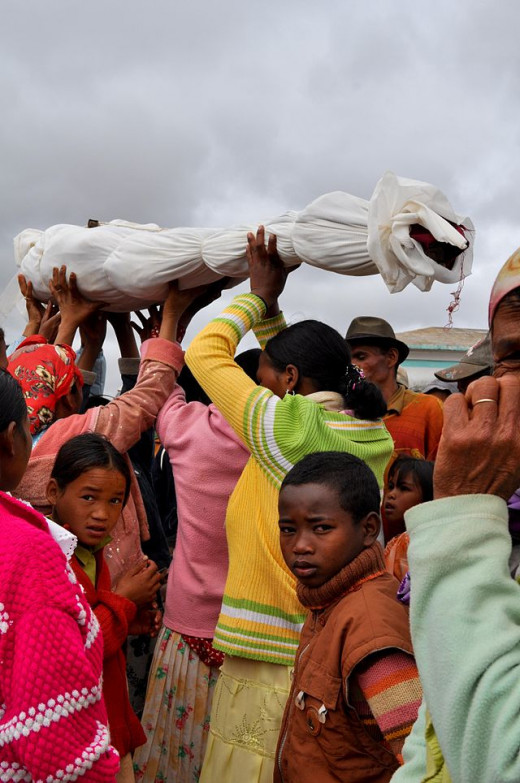
© 2011 Luis E Gonzalez



